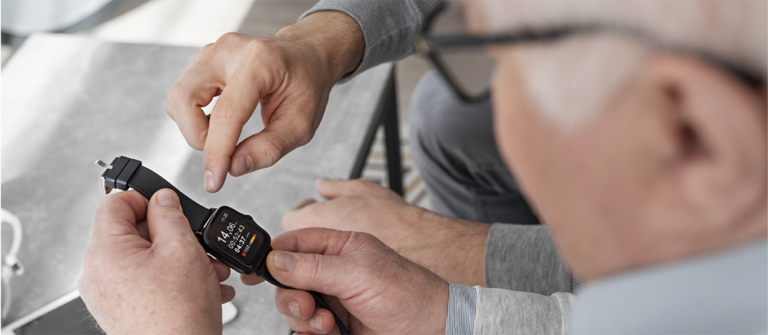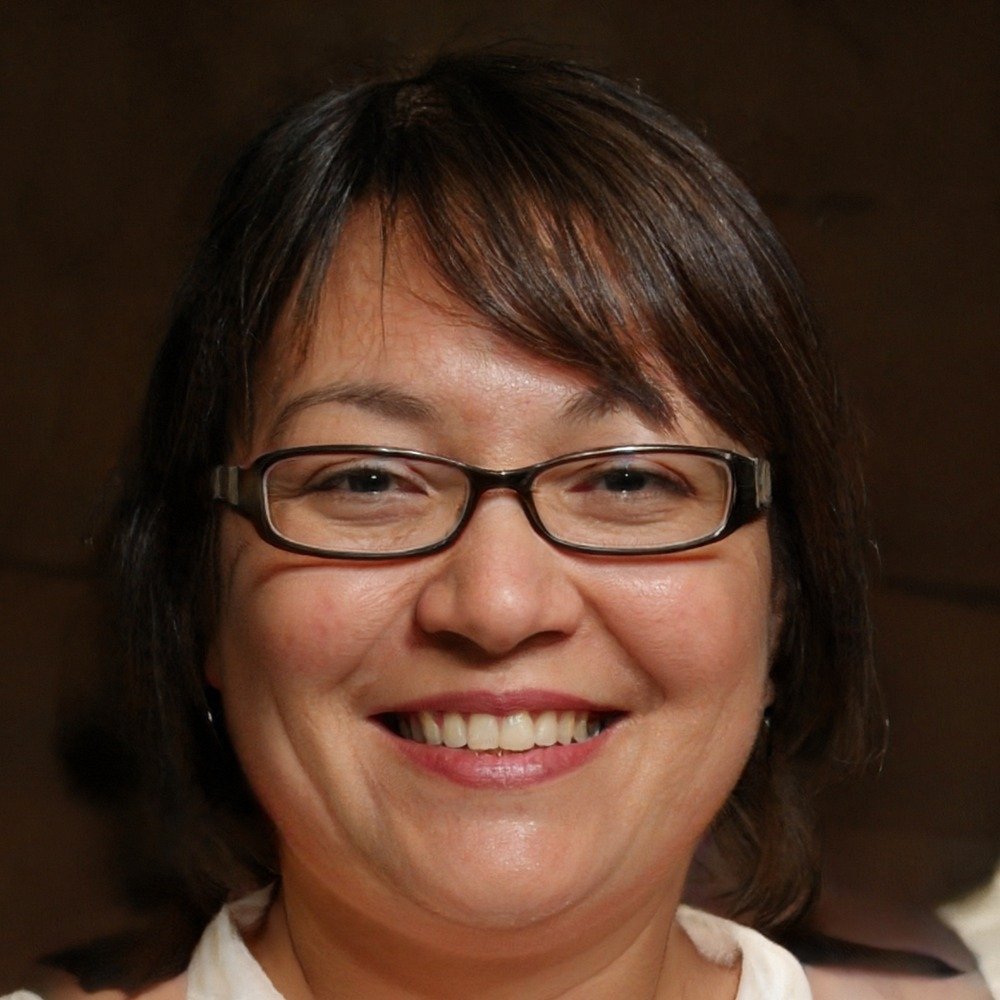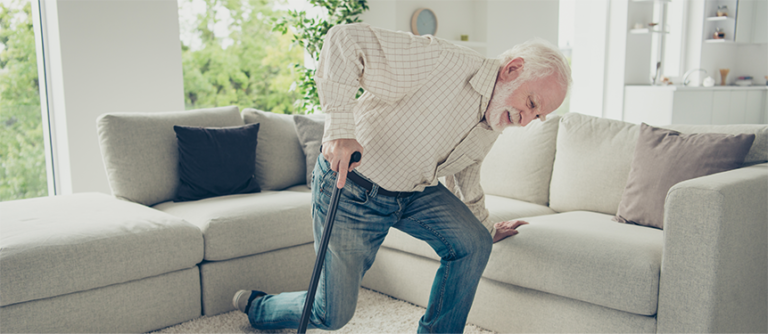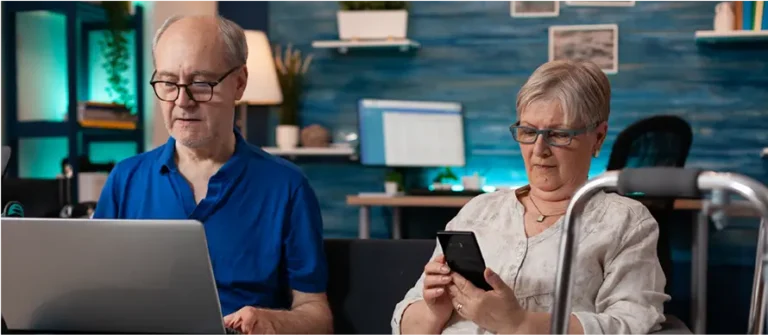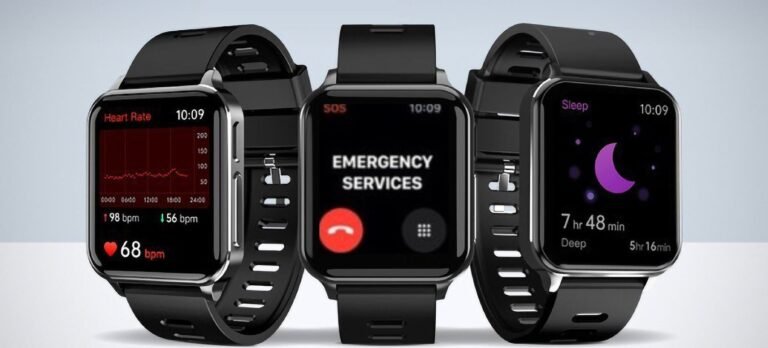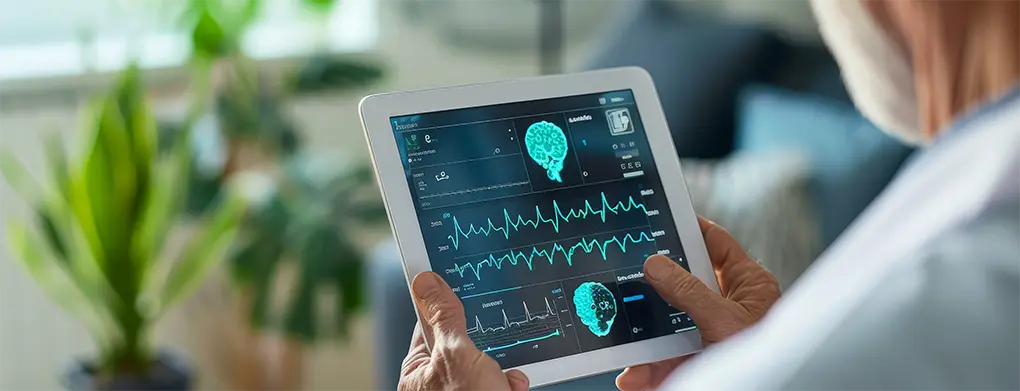
As our loved ones age, their safety and well-being become a top priority, especially for those living independently. With the global population of elderly individuals on the rise, there’s a growing need for innovative solutions to ensure their safety within the comforts of their own homes.
This is where technology, specifically Human Activity Recognition (HAR), steps in, offering a beacon of hope for senior care.
The evolution of Human Activity Recognition (HAR) in providing care for older adults is not just a technological leap but a necessity, given the demographic shifts we are witnessing globally. With the world’s population aging at an unprecedented rate, understanding the implications of this trend is crucial for developing supportive technologies.
The World Health Organization provides essential insights into the challenges and opportunities presented by the global increase in the elderly population.
Furthermore, recent studies, such as those documented in the National Center for Biotechnology Information’s research, highlight the potential of advanced monitoring systems like HAR in revolutionizing senior care, making it possible to address these challenges proactively.
These resources underscore the importance of integrating sophisticated technologies such as HAR into the fabric of senior care solutions, paving the way for a future where elderly individuals can enjoy more excellent safety and independence.
Understanding Human Activity Recognition (HAR)
Imagine a system that can watch over your elderly loved ones like a guardian angel, understanding their daily routines and quickly spotting any unusual patterns or potential dangers. That’s what Human Activity Recognition (HAR) does. But how?
HAR technology uses various sensors to observe and analyze a person’s activities throughout the day. It’s like having an intelligent assistant that keeps an eye out, ensuring everything is as it should be. These activities range from walking around the house, sitting down to enjoy a meal, or getting a good night’s sleep.
One of the stars of the HAR show is the depth sensor. Unlike regular cameras that capture detailed images, depth sensors focus on the distance between objects and the sensor itself. They create a 3D environment map without recording specific visual details, thus respecting the individual’s privacy. Imagine it as seeing the world through the eyes of a bat using echolocation; it knows where everything is without needing to see it in detail.
The Role of HAR in Senior Care
For many seniors living alone, the risk of falls or medical emergencies is a constant worry. A slip in the bathroom or a sudden health issue can become life-threatening if help isn’t immediate. This is where HAR systems shine. By continuously monitoring the senior’s activities, these systems can quickly detect something as serious as a fall or as subtle as a deviation from routine that might indicate a health issue.
When an unusual activity is detected, the system can alert family members, caregivers, or even emergency services, ensuring that help is on the way as quickly as possible. This rapid response can differ between minor incidents and severe health crises.
HAR technology offers peace of mind for older adults and their loved ones. It represents a significant step forward in senior care, blending the benefits of modern technology with the compassion and concern we all feel for the well-being of our aging loved ones.
Depth Sensors: A Privacy-Friendly Approach
In an age where privacy concerns are more pronounced than ever, especially regarding surveillance in one’s home, depth sensors offer a breath of fresh air. Unlike traditional cameras that capture every minute detail for the eye to see, depth sensors work more abstractly.
They measure how far away objects are from the sensor, translating this information into a 3D map of the environment. This method ensures that caregivers can monitor seniors’ safety and activities without intruding on their personal space or capturing identifiable images. It’s akin to knowing someone in the room and what they’re doing without knowing who they are—ensuring privacy and peace of mind for all involved.
The benefits of using depth sensors in Human Activity Recognition systems are manifold. For starters, they allow for continuous monitoring of seniors without compromising their dignity or privacy. This technology can detect falls, unusual inactivity, or deviations from daily routines with remarkable accuracy while maintaining the individual’s anonymity.
Real-World Applications of HAR in Senior Care
Imagine a system that recognizes when Grandma gets up to make her morning tea, sits down to watch her favorite afternoon show, or heads to bed. HAR systems equipped with depth sensors can recognize these daily activities and so much more, including potentially dangerous situations like falls.
Numerous testimonials and case studies highlight how HAR has positively impacted seniors’ lives. For instance, a system that detected a senior’s fall in the bathroom could alert family members and emergency services in time to provide the necessary assistance. In another instance, deviations in an older adult’s routine, detected by the HAR system, alerted caregivers to the onset of a medical condition that required attention.
Several brands have already integrated HAR technology into their medical alert devices, bringing this innovative solution into homes and lives across the globe:
- Philips Lifeline: Philips Lifeline offers a range of medical alert systems, including fall detection technology, ensuring that help is dispatched as soon as a fall is detected, even if the individual can’t press the alert button themselves.
- MobileHelp: Known for its wearable medical alert devices, MobileHelp has incorporated fall detection and activity monitoring to offer comprehensive safety solutions for seniors living independently.
- LifeFone: LifeFone’s medical alert system includes a Fall Detection Pendant designed to automatically send an alert if a fall occurs, leveraging advanced sensor technology to provide this crucial service.
By embracing HAR and depth sensor technologies, these brands and others are at the forefront of modernizing senior care, enabling elderly individuals to maintain their independence while ensuring their safety and well-being.
Sources:


